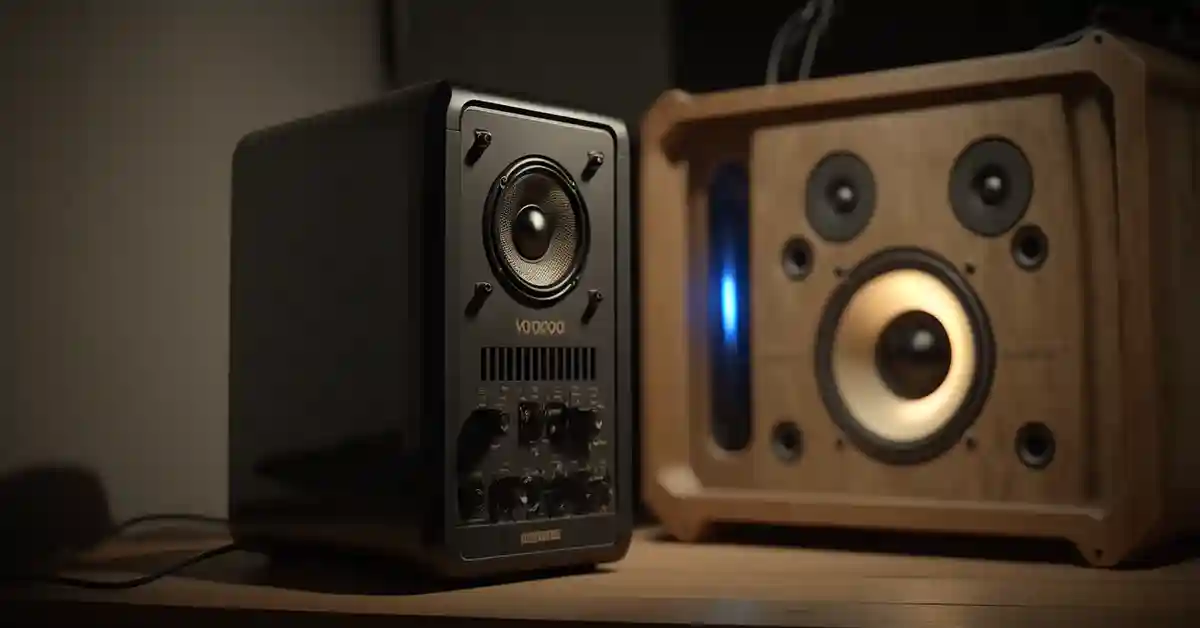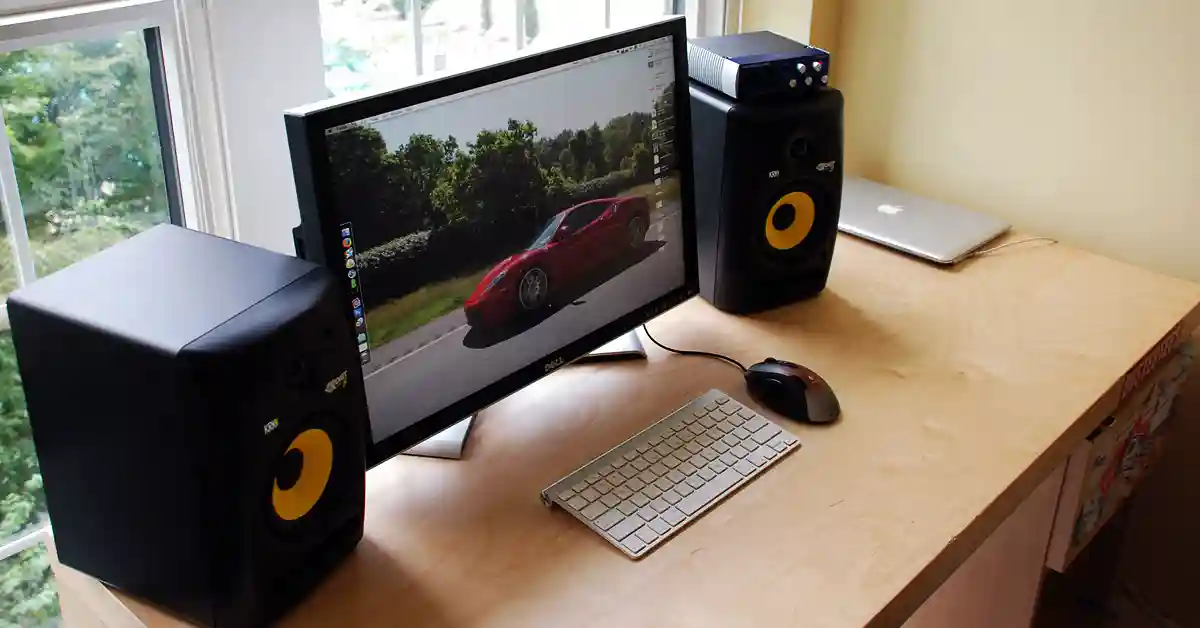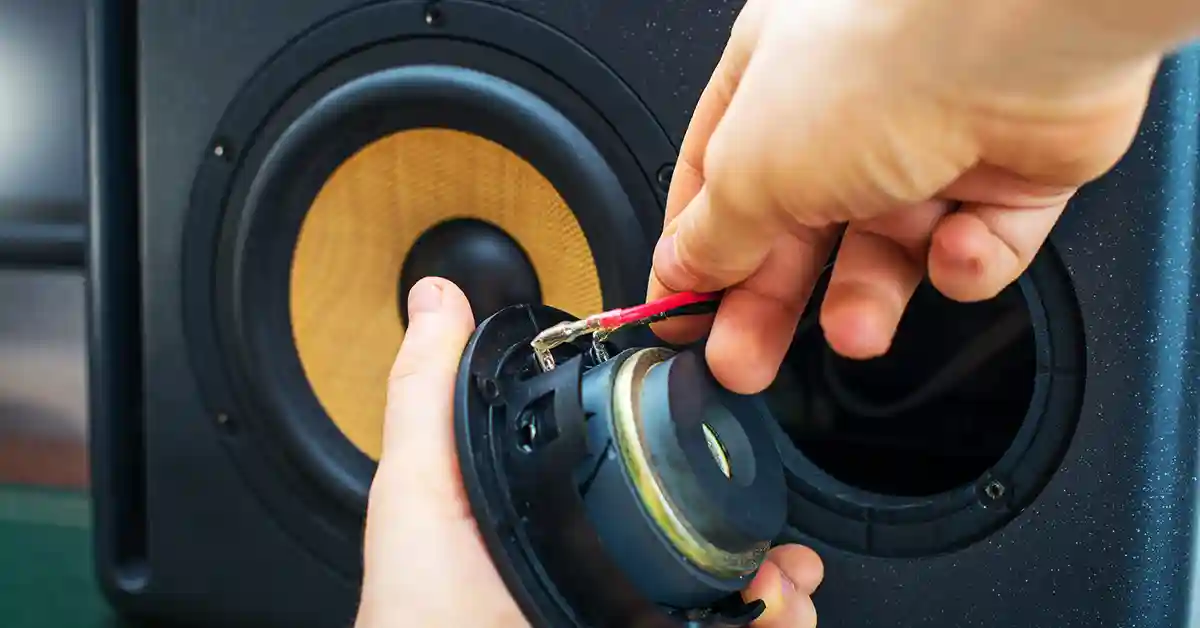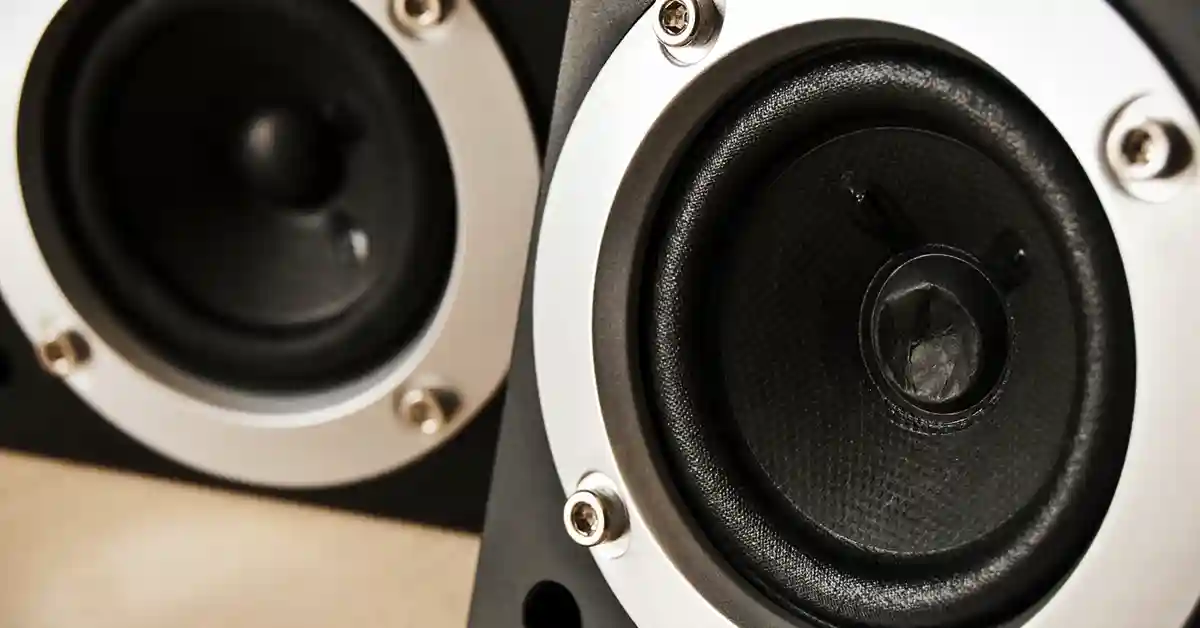How To Test Speaker Polarity
Speaker polarity is when speakers are set up in such a way that they correctly synchronize with the power source to which they are connected.
When speakers have polarity, the sound waves that they produce compliment each other - rather than take away from - the musical arrangement that exists.
Speakers need to be connected properly in ordert to make the best sound that they can produce, and, it also makes them last longer.
What Is Speaker Polarity?
Polarity in audio simply refers to the alignment of a waveform with respect to another waveform. There are two types of polarity: positive (+) and negative (-).
Usually, a waveform will remain in positive polarity unless it is inverted to become negative. If it is inverted, the negative waveform will be inverse of the initial positive polarity.
In order to understand polarity of speakers, we need to understand the difference between positive and negative wiring. The positive wire is generally red, whereas the negative wire is black.
Most speaker cables, however, do not support color. The good news here is that consistency is key: it doesn’t really matter which wire you select as your positive or negative, as long as you keep a consistent wiring process throughout your setup.
However, it is important to bear in mind that it is best practice to wire red as positive and black as negative, so going against this could create confusion down the line.
Do Speaker Wires Have Polarity?
A speaker wire does not have polarity. Polarity only becomes a factor once you introduce an amp/amplifier. For the sound system to work optimally, you need to maintain the polarity between the speakers and the amplifier.
Although speakers do have magnets, polarity doesn't entirely have to do with them.
How Can You Tell If Your Speakers Are Wired Incorrectly?
Usually, if there is a problem with the wiring in your speakers, you will be able to tell immediately. For example, if one of your speakers is ‘out of phase ', then it will sound as if there’s audio coming from all directions with no apparent CenterPoint. Furthermore, the bass will be rather faint.
What Is The Distinction Between Polarity And Phase?
When a speaker is 'out of phase,' it means that the audio output of the system reaches our ears at different times. If the positive side of your speaker wire is connected to where the negative should be, they will be out of phase. The main difference between polarity and phase is that the latter is a function of time, while the former is a function of the positive and negative waveforms.
When it comes to polarity and phase, keep the following in mind:
- If both your speakers have the same polarity and they are roughly the same distance away from the listener, then the entire system will be in phase and in polarity.
- If your speakers have the same polarity, but they are not the same distance away from the listener, then the system will be out of phase but in-polarity.
- If your speakers do not have the same polarity but are the same distance away from the listener, then the entire system will be in phase and out of polarity.
- If your speakers do not have the same polarity and are not an equal distance away from the listener, the system will be out of phase and out of polarity.
Constructive and Destructive Interference
Interference is when two or more sound waves occupy the same space, affecting the sound that is in turn produced. There are two types of interference, constructive and destructive, but we must first define a wavelength before getting onto the concept of interference.
What Is A Wavelength?
A wavelength is a distance between identical portions of a wave that are next to each other.
Constructive Interference Explained
Constructive interference is when two waves that have the same frequency and phase collide. This results in a single amplitude that is equal to the sum of the amplitudes of the individual waves. In other words, if two waves come together, their effects will be compounded, and the crests of the waves will be equal to the sum of the two original waves.
Destructive Interference Explained
Destructive interference is when two waves that have the same frequency but opposite phases come together. These waves end up canceling each other out. This is because the negative displacement of one wave will clash with the positive displacement of the other wave. As a result, the combined final waves will have no crests or troughs and will look like a flat line or no wave at all!
Inversion Of Polarity
Polarity inversion refers to the reversal of positive and negative voltages in an electrical signal. The voltages are reversed when the positive and negative connections are swapped, and everything on the positive side of zero volts becomes negative, and vice versa. The waveform is inverted to become the inverse of its original state. This is advantageous for a number of reasons.
What Effect Does Inverted Polarity Have on Your Speakers?
If you have more than one speaker and its wires are not labeled appropriately for polarity, they may be unintentionally reversed. Although reversed speaker wires are not hazardous to a speaker or amplifier, they make adequate power supply and speaker response difficult. If your speaker wires are not properly labeled for polarity, the risk of electrical accidents within your setup becomes higher.
The Effect Of Negative Polarity On The Speaker’s Bass
When the polarity is reversed, the bass response always deteriorates. The pressurization of the air surrounding the speaker helps to generate bass tones. When the signal is out of phase, the bass speaker moves inward rather than outward. As a result, the bass drum sounds become practically inaudible, and the song loses its muscularity and strength. This may be resolved with a simple lead swap at the speaker or amplifier.
Bad Imaging
Imaging occurs when a pair of speakers successfully "projects" an aural representation of the instruments in front of you. When an out-of-phase speaker is connected, the information loses focus and becomes sonically chaotic. This is especially true when the other drivers in the speaker cabinet are affected as well. Mid-range frequencies are included in both the bass and tweeter drivers. When the wiring is reversed, dynamic stereo information "collapses," diminishing the power of the music.
Vague Treble
When a speaker is improperly connected, high frequencies lose emphasis. As a result of the "airy" treble, the sound stage between the speakers appears wider (though less defined). Although this is something that some people want, it is incorrect in the strictest sense. Remember that this affects all drivers; thus this type of high-frequency response comes with a poor imaging and thin bass penalty.
Cancellation
When the frequency of one in-phase speaker destructively competes with the identical frequency of the opposite polarity generated by a neighboring speaker, cancellation occurs. It frequently affects a pair of bass speakers that are near together. As a result, no bass can be heard. This is a common error in vehicle subwoofer installations when the two speakers are inches apart in the same enclosure.
How To Test Speaker Polarity
Step 1
The first step is to unplug the sound system from any circuits it may be attached to. Remove any connections that link the system to any other devices, including the television. After you've confirmed that the power is turned off, you may proceed to the wiring. Disconnect one speaker's cables from the receiver. Remove the speaker cover as well so that the speaker cone is completely exposed.
Step 2
Because certain speaker covers are not detachable, you may not be able to view the speaker cones, which is especially important when dealing with a subwoofer. If this occurs, you must position the speaker such that you can look through the grille and into the cones. This will be a little more difficult, but it is still possible.
Step 3
A totally charred 9-volt battery is required before proceeding to the third and final step. To avoid issues, it is better to use a fresh new one. Repeat for both speakers. Connect the speaker's negative terminal to the speaker's black terminal using the 9-volt battery. After that, connect a wire to the speaker's red terminal and connect it to the battery's positive terminal. You'll notice a small movement in the speaker cone. You must repeat this process for each speaker in the sound system, taking care to ensure that each cone travels in the same direction - preferably, outward.
Final Checks
You should be able to tell the difference immediately away if the polarity is different. Remember to pay close attention to the cone motions, which might be difficult to discern. Connect the speakers to the receiver once you have double-checked all of them and are assured of their polarities. Connect the positive terminal to the red terminal and the negative terminal to the black terminal. Listen to the speakers; if they are in the correct polarity, you should be able to tell the difference straight away.
Conclusion: Speaker Polarity Explained
In this article, we explained in detail what speaker polarity is, but that wasn’t all. We also looked at whether or not speakers have polarity, the difference between polarity and phase, inverted polarity and how it affects your speakers, the difference between constructive and destructive interference, and finally, we looked at how to test your speaker’s polarity.
Related Articles








